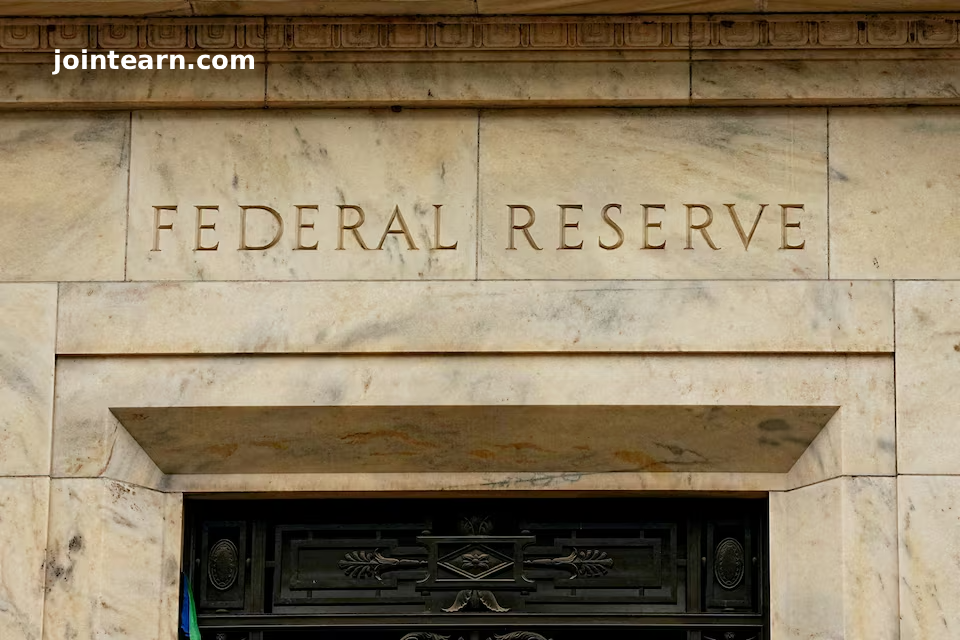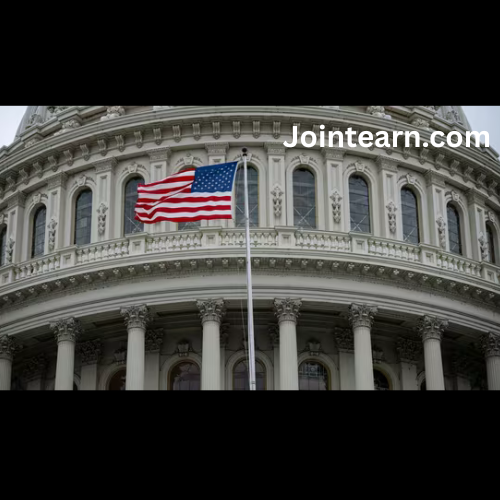
BENGALURU– The U.S. Federal Reserve is widely expected to deliver another 25-basis-point interest rate cut in December, according to a Reuters poll of economists, as policymakers look to support a labor market showing clear signs of cooling.
The latest survey revealed that 80% of economists (84 of 105) anticipate the Federal Open Market Committee (FOMC) will lower rates at its next meeting on December 10, bringing the benchmark rate to 3.50%-3.75%. This expectation marks a slight uptick from last month’s poll and aligns closely with current market pricing.
Economists See Growing Consensus Despite Fed Divide
The growing confidence among economists stands in contrast to divisions within the FOMC. Several members have questioned the need for additional rate cuts this year, especially in light of missing data due to the longest-ever U.S. government shutdown, which has delayed key economic reports.
Following the Fed’s quarter-point cut last month, which sparked dissent from both hawkish and dovish members, Fed Chair Jerome Powell cautioned that another reduction in December was “not a foregone conclusion.”
Still, most analysts believe the weakening labor market justifies another move.
“The general sense is that the labor market still looks relatively weak, and that’s one of the key reasons why we expect the Fed to deliver a December rate cut,” said Abigail Watt, U.S. economist at UBS. “However, the risk lies in new data potentially contradicting that narrative.”
Government Reopening Could Clarify Economic Data
A temporary government funding bill approved by the U.S. Senate on Monday could allow a reopening that restores access to official data before the Fed’s December meeting. That clarity could influence policymakers’ final decision.
“We’re already seeing some disagreement about whether labor market weakness should outweigh inflation concerns,” Watt added. “That tension is likely to intensify into next year as inflation pressures remain persistent.”
Inflation Stays Above Target, Raising Credibility Concerns
The Personal Consumption Expenditures (PCE) index, the Fed’s preferred inflation measure, has remained above the 2% target for over four years—the longest streak since 1995. The Reuters poll showed economists expect inflation to stay above 2% through at least 2027.
“It could impact Fed credibility that inflation has remained above target for such an extended period,” said Josh Hirt, senior economist at Vanguard. “People may not pay attention to that gap until it suddenly becomes a concern, particularly if tariff-driven inflation persists longer than expected.”
Labor Market Cooling but Not Collapsing
According to the poll, nearly 70% of economists (36 of 52) said job growth has remained roughly stable since the government shutdown began, even as private data shows businesses are cutting staff.
While 16 respondents said hiring has weakened, none said it has improved. The unemployment rate, last reported at 4.3% in August, is expected to stay flat this quarter before rising slightly to 4.5% in 2026, according to poll medians.
“The labor market is cooling, yes, but it’s not collapsing,” said Stephen Juneau, U.S. economist at Bank of America Securities. “We’re seeing less hiring, but not significant layoffs either. December may not be a done deal unless Powell sees clearer signs that labor market risks are deepening.”
Economic Growth Forecasts Show a Gradual Slowdown
After expanding 3.8% in the second quarter and an estimated 2.9% in Q3, the U.S. economy is projected to slow to just 1.0% growth in Q4, according to Reuters poll medians. Growth is then expected to average around 1.8% annually through 2027—a pace Fed officials generally consider non-inflationary.
Nearly half of the economists polled foresee the federal funds rate dropping further to 3.25%-3.50% next quarter, although there is no consensus on the rate path through 2026.
Policy Outlook: Balancing Inflation and Employment
The Fed faces a difficult balancing act: supporting a softening labor market while maintaining control over persistent inflation. Economists expect Powell to emphasize flexibility in upcoming communications, signaling that further rate cuts would depend on incoming labor and inflation data.
Markets will closely monitor upcoming speeches, inflation readings, and employment reports as indicators of how aggressively the Fed might continue easing in early 2026.


Leave a Reply